If you've read any of the Chevy Bolt EV stories on Torque News, you'll know by now that we Bolt drivers are a little bit nerdy. A number of us enjoy efficiency tests, assessing range estimates, and analyzing fast charging sessions in the kind of detail that others would find an effective substitute for Nytol.
You can imagine our response, then, to the prospect of a Facebook AMA ("Ask Me Anything") session with a GM engineer who has intimate knowledge of the Bolt EV's battery design and conception. One hour to unpack the true capabilities of the first truly affordable long-range electric car? To pose all the questions we've speculated over for three years to someone who can answer them with a degree of authority? Bliss!
Naturally, questions flowed into the announcement thread, ranging from the new owner kind ("how fast can the Bolt charge?") to battery management ("what's the best way to sustain battery performance in winter?") and future features("any plans for Vehicle-to-Grid or -to-Home functionality?")
Unfortunately, only a few questions were answered in the hour available and you had to dig deeper to find much meat on the bone. Having joined the AMA and filtered out the various PR-speak and half-answers, here are three takeaways from Adam Piper, Energy Performance Engineer at GM, that at least provide a little insight for Chevy Bolt EV owners.
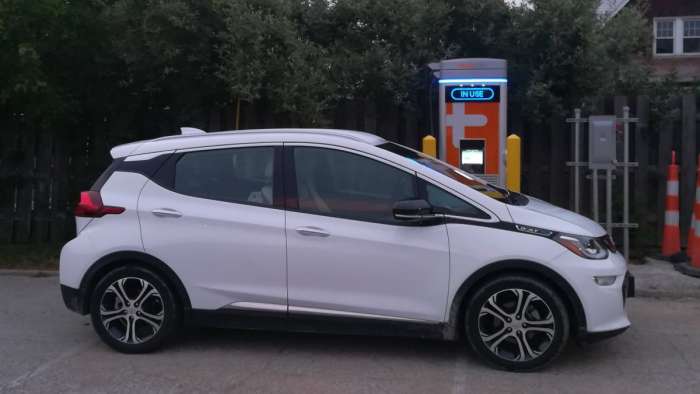
1. You Can Safely Charge a Bolt EV to 100%
A common question from both new owners and longtime drivers of the Bolt EV is how high to charge the battery. The prevailing wisdom for lithium-ion batteries, in general, is that you should avoid charging to 100%.
Full cycle charging in this way can decrease battery longevity, which is a prime concern on electric vehicles where a degraded battery means you can't drive as far. Just ask early Nissan Leaf owners how many bars they've lost, for example. Understandably, anything Chevy Bolt EV owners can do to improve the life of their battery is a hot topic.
Happily, Piper had the following advice for Bolt owners:
"We engineered the battery system so that you can charge to 100% and maximize range. Do whatever is best for your personal circumstances. If you want maximum range, charge to 100%. If you want to leave room for regenerative energy when you start to drive, use Target Charge/Hill Top Reserve."
This is about as clear an answer as you can get, although it's worth pointing out the Piper did also reference the 8-year/100,000 miles battery warranty in these answers, which could indicate something of a CYA for his employer! Reading between the lines, though, this simply sounds like GM built enough buffer above the accessible battery capacity to protect the pack from full-cycle charging.
In summary, what you get from 100% isn't everything the battery has to offer, but it's enough to maximize range while keeping a buffer at the top to prevent battery degradation. Audi takes an approach like this with the e-Tron, albeit more explicitly and aggressively, opening up only 83.6 kWh or the 95 kWh battery pack for the driver.
TL;DR -- Charge to 100% whenever you want, unless you find the loss of full regenerative braking jarring at that state of charge.

2. Plug In and Precondition to Maximize Bolt EV Winter Performance
Winter is an annual rite of passage for new EV owners, in which expectations are recalibrated and drivers have to learn how to help their car manage the low temperatures that grip many parts of North America. Adam Piper acknowledged this challenge on the AMA, while offering some tips to mitigate the loss of range and larger energy draw to heat the car.
First, be sure to plug in at night and set charging to occur by departure time. If you leave the house at 7 am, for example, set your Bolt EV to charge to your chosen target by 6:30 am. This means the battery is active closer to the time you need to use the vehicle, so it won't sit inactive and cold for hours before you head out.
Secondly, Piper affirms the value of warming up your Bolt EV around 20-30 minutes before heading out. This is known as preconditioning and can be started from the app, or even smart voice assistants like Alexa and Siri. He says:
"I recommend remote starting two times to precondition the vehicle while you can pull energy from the grid. If equipped, be sure to use heated seats and steering wheel after you unplug."
The heated seats and wheel don't pull from the car's high voltage battery pack, so it makes sense to use them rather than the car's HVAC system in milder winter conditions. After preconditioning while plugged in, the car should stay toasty warm for a good portion of most commutes and the seat/steering wheel combination simply add to that comfort without impacting available range.
Watch our review of a full New England winter in a 2017 Chevy Bolt EV in the video below. (Please subscribe to Torque News YouTube Channel for daily automotive news and analysis).
We'll have much more for you on winter EV management in November, but it's good to know that those with an intimate knowledge of the Bolt EV's battery back up these ideas.
It's also important to note that the likes of GM and Hyundai are addressing winter performance for the next model year, with the 2020 Hyundai Kona Electric adding a cold-weather package for US buyers and the 2020 Chevy Bolt EV reportedly charging faster in lower temperatures.
3. GM Doesn't Want to Push the Bolt EV's Battery Just for Fast Charging
No matter how hard people pushed, Piper wasn't letting any secrets slip about GM's plans for faster charging or future improvements to its battery platform.
Several questions referenced the limitations of the current Chevy Bolt EV's fast-charging system, which still tops out at 55 kW while existing competitors hit 75 kW and new models will push well past 100 kW.
Others questioned why the battery is limited to what is now considered a relatively slow rate for DC fast charging. The answers were a mix of cost considerations and corporate talking points.
In response to questions about future improvements, Piper simply had this to say about the 2020 Chevy Bolt EV:
"MY20 Bolt EV has an increased DC Fast Charging rate of up to 100 miles in 30 minutes thanks to the new battery chemistry with lower resistance."
This is simply parroting GM's press line, which was updated from "90 miles in 30 minutes" from previous Bolt EV model years to 100 for the 2020. While that is clearly higher, it's also achievable on our 2017 Bolt in optimal conditions, so not really an improvement. We'll have to await real-world testing to see if the 2020 Bolt EV can maintain the 55 kW maximum charge rate for longer than previous models but this answer tells us nothing we didn't already know.
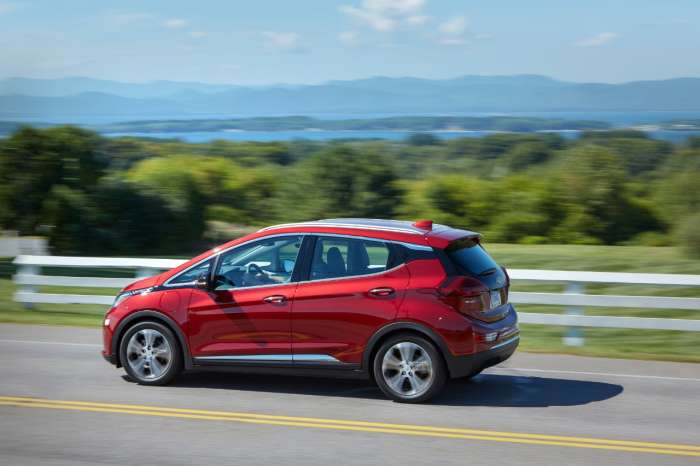
On the reasons for the Bolt EV's fast-charging limitations, however, Piper did provide a little more insider knowledge, stating:
"When we first introduced the Bolt EV back in 2016, our goal was to build the first affordable, long-range electric vehicle. At the time, we optimized the system components around the battery, e.g. cables, contactors, and so on.
"Higher current requires bigger, more expensive cables, etc. and ultimately you reach a point of diminishing returns in terms of saving 10-15 minutes during the occasional DC Fast Charging session versus needing to pay for a more expensive battery system."
In essence, he's saying that GM batteries were more expensive at the time and GM had to keep costs down.
This doesn't preclude the idea that the engineers could optimize the battery management to get closer to a 1C rate on the 2020 model, which would put the maximum rate closer to 65 kW, but the company clearly doesn't see improved fast charging as a primary concern at this point in time. Note the "occasional" and "diminishing returns" terminology when discussing time savings, for example.
Do the answers above add anything to your knowledge of the Chevy Bolt EV, or is GM being too coy about improvements and conservative with its approach to battery management? Let us know in the comments.
Steve Birkett is aChevy Bolt EV driver and electric vehicle advocate at Plug & Play EV. You can follow him on Twitter at @Plugandplayev, Instagram and Youtube at Plugandplayev Channel to send him EV news tips.


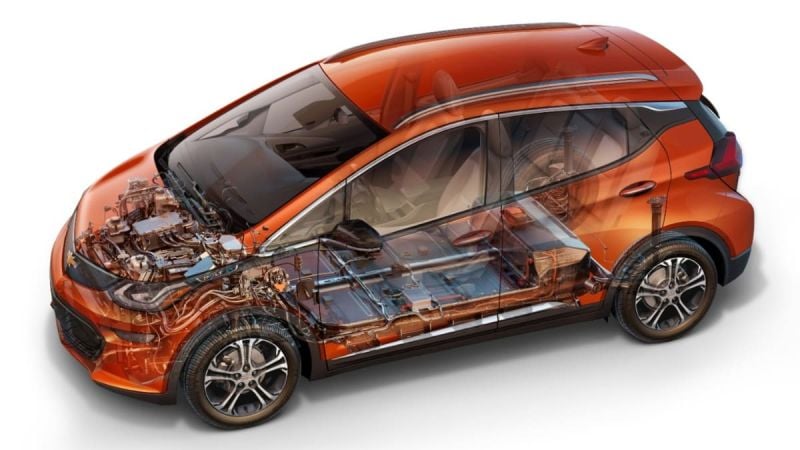




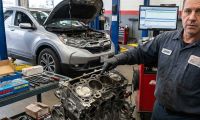

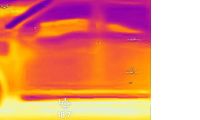


Comments
"Reading between the lines,
Permalink
"Reading between the lines, though, this simply sounds like GM built enough buffer above the accessible battery capacity to protect the pack from full-cycle charging. In summary, what you get from 100% isn't everything the battery has to offer, but it's enough to maximize range while keeping a buffer at the top to prevent battery degradation."
Honestly, if Adam meant this, why didn't he just say so?
The AMA was mostly half
Permalink
In reply to "Reading between the lines, by Tim (not verified)
The AMA was mostly half-answers and press lines. I suppose if the advice is explicit, it opens them up to legal action if someone who always charges their battery to 100% and is above 100K miles experiences significant degradation. They probably don't want to open up on the exact tech too much either... if people know there's xx kWh more of the battery available, that might increase complaints about letting owners access it.
There is nothing occasional
Permalink
There is nothing occasional about needing to charge multiple times on DCFC on a long road trip. If max charge rate can be easily upped to 65 kw with current cabling then it absolutely should be done. And while you're at it GM how about massaging the charging profile as well. I've hit the first throttle down as low as 45% SOC. That's ludicrous.
Yes, I wish they would be
Permalink
Yes, I wish they would be explicit about what to do to maximize battery longevity. Having just replaced a Prius battery (at 240k miles), I really wish to avoid replacing the much larger Bolt battery. Of course the Bolt battery cycles a lot deeper, so will it degrade sooner no matter how carefully I take care of it?
I think if you are replacing
Permalink
In reply to Yes, I wish they would be by Dave Mellinger (not verified)
I think if you are replacing a battery pack at 240K, well, I don't think that's a huge deal to be honest, especially if you figure, the Bolt during that time has asked you for virtually nothing else. Getting 240K of almost maintenance free driving out of a car and battery, well, that's acceptable, don't you think?
If we all accept the fact
Permalink
In reply to I think if you are replacing by Eric A. Bechtol (not verified)
If we all accept the fact that 240,000 k miles replacing any battery from $6,000—$10,000 battery on a Prius or a Chevy Bolt is no big deal then my 07 Camry with Gas eng & 326,000 miles a total of $ 1000 in repairs (oil changes not inc) is absolute steel of a bargain I really question any one’s Green theory if cost to the owners on Battery replacement and proper battery recycle or disposal of the waist will end up being a huge environmental impact no one is considering .
I have a 2017 Bolt ev with a
Permalink
I have a 2017 Bolt ev with a charger in my garage.
Simply stated car works great both in winter and summer.
Chicago winters are brutal with the car heating up pretty fast especially with the comfort of the “hot” seat and stering wheel benefited.
Great feisty car!
Good article! I'm an 85%
Permalink
Good article! I'm an 85% charger now, however I now feel more comfortable about increasing this.
All need to see the newest
Permalink
All need to see the newest internal combustion engine that will make the world environmentally better from CV Motion Tech. Their engine is an excellent choice for all forms of combustion-able fuels available today. This engine performs as good, and in some cases better than electric motors in use today. Increase in; Power, torque, mileage, and longevity. Decrease in; size, weight, number of moving parts and most of all emissions. I think CV Motion Tech has really got something here, and is on the move!